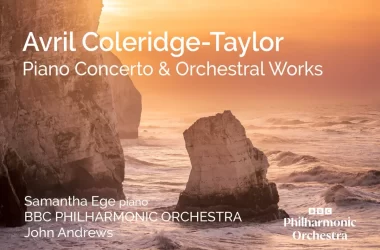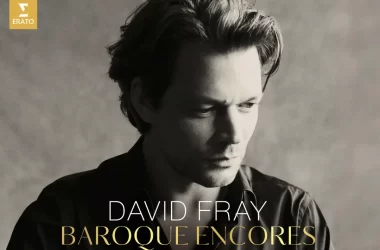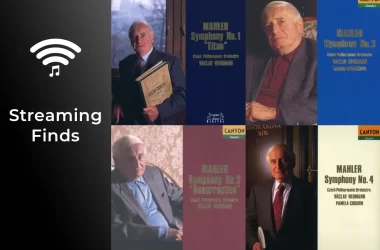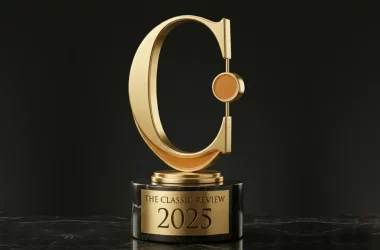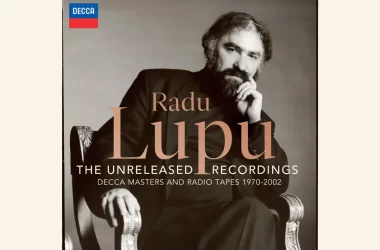Written in a single summer of 1788 amidst considerable personal turmoil, Mozart’s final three symphonies have acquired almost cult-like status. Recent titles for other albums of the triptych include “The Symphonic Testament” (Savall) and “The Last Symphonies” (Harnoncourt). This one is plainly titled “Symphonies”. Minasi and Ensemble Resonanz performances are not traditional Mozart, though it fits right into the contemporary performance scene.
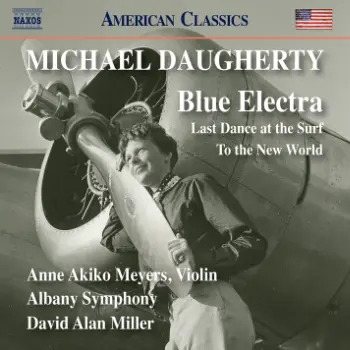
Ensemble Resonanz’s orchestral sound is remarkably vital and flexible. Their strings and winds play a historically-informed style with modern instruments, while their brass and timpani use period instruments, in this case natural horns and leather timpani. Throughout the album, vibrato is an effect, and articulation is precise, but the style never becomes monotonous.
Symphony 39’s Masonic opening (those hefty Eb major chords, à la Magic Flute) is a demonstration of the group’s muscularity; the Allegro that follows shows off their agility, with airy woodwind lines and bright melodies from the violins. The Andante is truly exquisite, the music seemingly alive and breathing. Especially in the main theme, the strings practically exude ambrosia, their playing infinitely natural and direct. In the finale, they sound every bit as unified as the best period ensembles (say, the Freiburg Barockorchester with René Jacobs), and find at least as many tone colors. Small, interpretational issues — the stormy episodes in the Andante lack drama, and the presto at the end of the symphony is a bit off-putting — ultimately don’t derail the performance.
Related Classical Music Reviews
- Review: Mozart – Symphonies No. 39-41 – Jordi Savall
- Review: Mozart – Die Zauberflöte – COE, Nézet-Séguin
- Review: Mozart – Piano Concertos, Vol 5 – Bavouzet
The beloved 40th symphony is equally well performed, but veers a bit too far off the beaten path at times. Of course, that may well have been the goal. None will accuse Minasi of unoriginality in the opening movement. The contrast between first and second themes has never been so stark, and the recapitulation has never been played so strangely yet intriguingly. But at the same time, the second theme is far too slow, so the music loses its pace, and Minasi has gone too far with rubato at the recapitulation. That said, the rest of the symphony is splendid. The Andante is once again winning, with placid solos from the winds and delicate string playing. The Trio section of the Menuett deserves special notice; for once, the Trio feels like an entirely different world than the Menuett. Not only does the key change, but the tempo changes, the rhythmic feel changes (from one to three), the type of rubato and articulations change. Listening notes for the finale might include the words “guillotine”, “caress”, and “off-kilter.”
The 41st Symphony is the most traditionally performed of the three works, though it’s far from lacking in excitement – try the opening Allegro Vivace. Slowing down in tempo with the appearance of the second theme works better here than it did on K. 550, and the end of the exposition is, simply put, wild (2’10). The slow movement features fine duets between strings and woodwinds, and the finale almost resembles Beethoven in this group’s hands, percussive and muscular, with dense, capricious counterpoint.
To compare this recording with other period recordings of these symphonies almost feels wrong; Ensemble Resonanz and Minasi are playing an entirely different game than are Harnoncourt or Savall, the latter’s performance of the three Symphonies reviewed here. In Minasi’s performance, there seems to be less concern with historical accuracy per se, and more focus on using historical practice as a launching point for something new. Resonanz play with incredible precision and unity, exceeding that of Harnoncourt and Savall’s forces; as mentioned above, only Jacobs and his Freiburg group run as tight a ship as Resonanz. In recording style, though, this album clearly takes its cue from Harnoncourt and John Elliot Gardiner’s recordings, emphasizing brass and percussion in the mix, with woodwinds closely mic’d.
If you can put aside a few strange choices, this album should be on your short-list. Minasi and Resonanz are naturals at Mozart, easily matching the existing idiom and adding some tricks of their own.

Album Details |
|
|---|---|
| Album name | Mozart – Symphonies No. 39-41 (“Jupiter) |
| Label | Harmonia Mundi |
| Catalogue No. | HMM90262930 |
| Artists | Ensemble Resonanz, Riccardo Minasi |
Included with an Apple Music subscription:
Available on Presto Music
Latest Classical Music Posts




